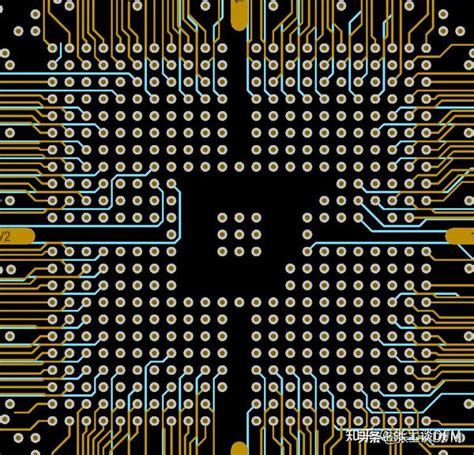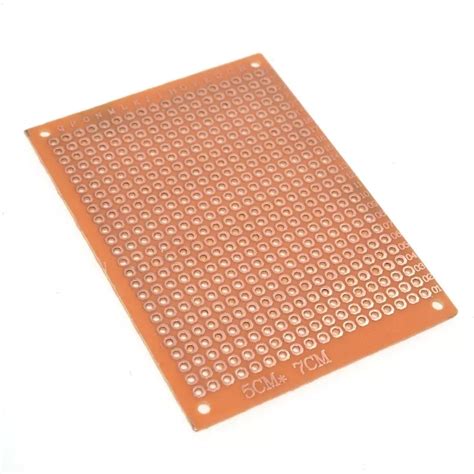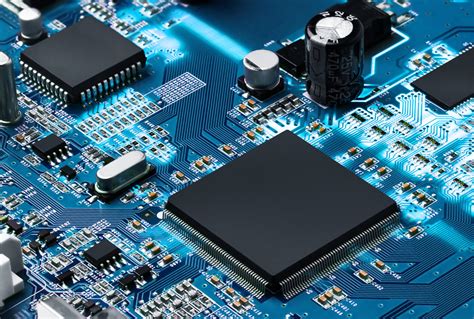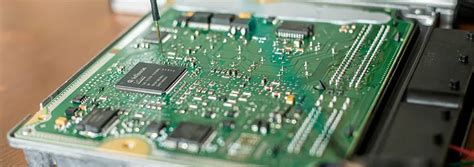Innovations in BGA PCB Assembly Techniques for Enhanced Performance
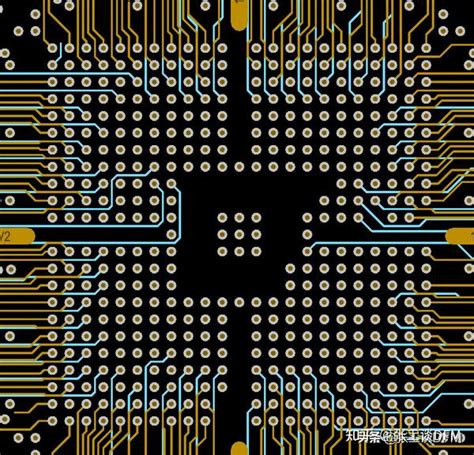
Key Takeaways
The advancements in BGA PCB assembly techniques are pivotal in the evolution of electronic manufacturing. Through a blend of innovative methodologies and enhanced automation, the field is witnessing a significant transformation that is yielding numerous benefits. A prominent trend is the integration of automated processes to streamline pcba operations, leading to improved accuracy and reduced production times. This automation not only enhances efficiency but also minimizes human error, thereby increasing the overall reliability of the assemblies. Moreover, innovations such as advanced BGA packaging have brought forth substantial improvements in reliability, enabling these systems to withstand harsher operating conditions. Effective thermal management solutions have also emerged as critical components of modern BGA PCB assemblies, ensuring that heat dissipation is adequately managed to prolong device longevity. Understanding these key elements not only underscores the complexities involved in pcb assembly but also highlights how they are shaping the future landscape of technology, paving the way for more robust and efficient electronic devices.
Understanding BGA PCB Assembly: A Comprehensive Overview
BGA PCB assembly refers to the process of assembling electronic components using Ball Grid Array (BGA) technology on Printed Circuit Boards (PCBs). This method has gained prominence due to its ability to enhance device performance and optimize space utilization on PCBs. Unlike traditional packaging, where connections are made through wires or leads, BGA utilizes an array of solder balls on the underside of the component, allowing for higher pin counts and improved thermal performance.
The advantages of BGA PCB assembly are manifold; it contributes to reduced electrical noise, improved reliability, and enhanced data transfer rates. With the growing complexity of electronic devices, companies are increasingly adopting PCB assembly techniques that incorporate BGA to meet consumer demand for smaller, more efficient products.
Furthermore, the integration of advanced materials and innovative design methodologies has been pivotal in pushing the boundaries of what is possible within PCBA processes. As technology evolves, continuous research into optimizing the performance and reliability of BGA packages becomes essential in sustaining advancements in electronic manufacturing. These improvements not only help mitigate common challenges associated with traditional assembly methods but also pave the way for innovations that will define future generations of electronic devices.
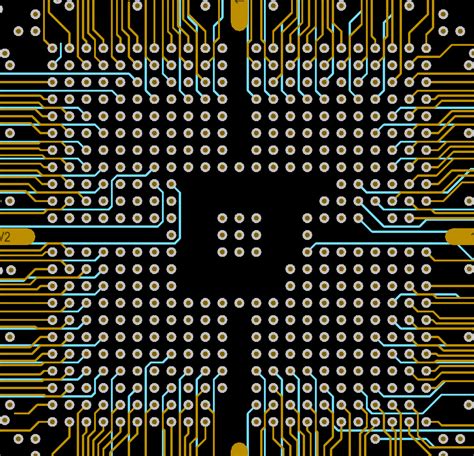
Key Innovations in BGA PCB Assembly Techniques
The realm of BGA PCB assembly has witnessed substantial advancements that significantly enhance the efficiency and reliability of electronic manufacturing practices. One notable innovation is the adoption of new solder materials, which not only improve the integrity of joints but also offer better thermal performance. Utilizing lead-free solders, for instance, aligns with global environmental standards while ensuring high-quality pcba outcomes. Additionally, advancements in automated assembly processes have streamlined production lines, reducing the time required for complex pcb assembly tasks.
Moreover, innovative techniques such as microvia and advanced routing methodologies provide greater design flexibility, allowing for higher component density without sacrificing performance. These enhancements facilitate faster signal transmission and improved heat dissipation, which are critical factors in high-performance electronic devices. As electronic components become increasingly compact and intricate, staying abreast of these technological innovations is essential.
“Incorporating cutting-edge techniques in BGA assembly leads to a more efficient manufacturing process while ensuring top-notch product quality.”
The implementation of these advanced methodologies not only supports higher production rates but also mitigates risks associated with manufacturing defects—ultimately leading to a more reliable end product. As manufacturers continue to push the boundaries in BGA PCB assembly, it’s crucial to remain informed about these innovations in order to maintain a competitive edge in the rapidly evolving technology landscape.
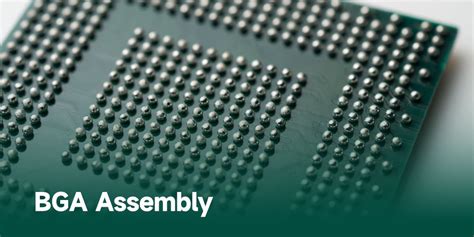
The Role of Automation in Enhancing BGA PCB Assembly Efficiency
The integration of automation in BGA PCB assembly processes significantly enhances productivity and operational efficiency. As electronic devices become increasingly complex and miniaturized, traditional manual assembly methods struggle to keep pace with the demand for precision and speed. Automation addresses this challenge by employing advanced technologies such as robotics, machine vision, and AI-driven systems.
For instance, automated pick-and-place systems utilize high-speed robots capable of positioning components accurately on the PCB assembly while ensuring minimal error rates. These systems not only reduce labor costs but also improve yield rates, ultimately leading to more reliable products. Additionally, inline inspection technologies facilitate real-time quality control by identifying defects during the assembly process, thus allowing for immediate corrective actions.
Moreover, the implementation of smart factories, where interconnected machines share data and analytics, enables a proactive approach to manufacturing challenges. This paradigm shift ensures that every phase of PCBA—from assembly to testing—is optimized for performance. As automation continues to evolve, it holds the potential to redefine standards in BGA PCB assembly, making it a cornerstone of modern electronic manufacturing.
| Automation Technology | Benefits |
|---|---|
| Automated pick-and-place | Increased speed & accuracy |
| Inline inspection | Real-time quality control |
| Smart factories | Enhanced data-driven decision-making |
In conclusion, embracing automation in BGA PCB assembly not only streamlines operations but also paves the way for innovative advancements that can address future challenges in electronic manufacturing.
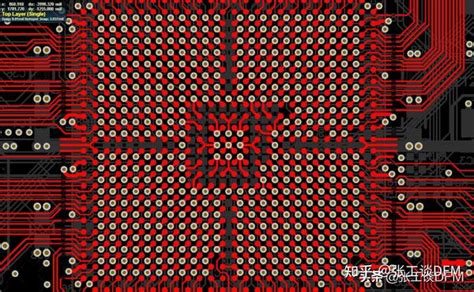
Reliability Improvements Through Advanced BGA Packaging
In the realm of BGA PCB assembly, reliability is not merely a feature but a critical requirement that influences the longevity and performance of electronic devices. Advanced BGA packaging techniques are emerging as integral solutions to bolster the reliability of pcba processes. One notable innovation is the incorporation of improved materials that cater to thermal and mechanical stress, ensuring that connections between chips and boards remain intact even under challenging conditions. These materials not only withstand higher operating temperatures but also have better thermal conductivity, which is essential for effective heat dissipation. Furthermore, advancements in pcb assembly methods, such as the integration of precision placement machines, enhance the accuracy of component positioning, minimizing potential defects caused by misalignments. The use of automated inspection systems further aids in detecting faults early in the assembly process, thus ensuring that only high-quality assemblies proceed to subsequent stages. By focusing on these technological enhancements, manufacturers can significantly reduce failure rates and improve overall system performance, establishing a new standard for reliability in BGA PCB assembly.
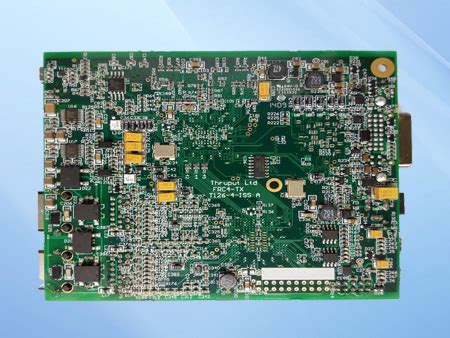
Thermal Management Solutions for BGA PCB Assemblies
Effective thermal management is crucial in BGA PCB assembly to ensure the reliability and performance of electronic devices. With the increasing complexity of modern electronics, the heat generated by components can lead to failures if not properly managed. Solutions such as thermal vias, which provide a pathway for heat dissipation, and the use of thermal interface materials (TIMs) play a pivotal role in enhancing thermal conductivity. By employing advanced techniques like copper heatsinks or heat spreaders within the PCB assembly design, manufacturers can significantly improve heat distribution and reduce hot spots that may compromise device longevity.
In addition, the utilization of specialized software for thermal analysis during the design phase allows engineers to predict thermal behavior accurately and make adjustments before production. This proactive approach minimizes risks associated with overheating, thereby enhancing the overall reliability of PCBA. Furthermore, integrating temperature sensors into BGA assemblies provides real-time monitoring capabilities, enabling adaptive responses to temperature variations. As electronic products continue to evolve, adopting innovative thermal management solutions is essential for sustaining performance standards in BGA PCB assemblies.
Challenges in BGA PCB Assembly and How to Overcome Them
BGA PCB assembly faces numerous challenges that can impact overall production quality and efficiency. One of the primary difficulties arises in the sphere of alignment during the soldering process. Due to the close proximity of BGA solder balls and the potential for misalignment, achieving optimal connections can be problematic. This challenge is often exacerbated by thermal expansion and contraction during soldering, which can lead to fractures or voids in the solder joint. To mitigate these issues, manufacturers are increasingly adopting advanced pcba techniques, including improved vision systems that enhance alignment accuracy.
Another prominent challenge is related to thermal management. BGAs generate significant heat during operation, and without effective heat dissipation strategies, PCB assemblies can suffer performance reductions or damage. The integration of sophisticated thermal management solutions—such as heat sinks or thermal vias—has proven beneficial in ensuring longer service life and enhanced reliability of these assemblies.
Moreover, quality control remains a critical concern. Traditional inspection methods may not sufficiently detect defects arising from hidden solder joints under the BGA package. To address this, X-ray inspection technology has emerged as a robust solution, allowing for detailed analysis without compromising the integrity of the assembly.
By understanding these challenges and employing innovative techniques within BGA PCB assembly, manufacturers can enhance performance while ensuring reliability and efficiency in their production lines. As technology continues to advance, overcoming these obstacles will be crucial for maintaining competitiveness in electronic manufacturing.
Future Trends in BGA PCB Assembly Technology
As the demand for more complex and compact electronic devices grows, BGA PCB assembly techniques are rapidly evolving to meet these challenges. The integration of advanced technologies such as machine learning and artificial intelligence in pcb assembly processes is becoming increasingly common. These innovations enable manufacturers to optimize their pcba workflows, significantly reducing error rates during assembly and enhancing overall efficiency. Furthermore, the use of high-density interconnects (HDI) in BGA designs allows for more connections in a smaller footprint, optimizing space without sacrificing performance. Another emerging trend is the shift towards reusable materials and environmentally friendly practices within BGA PCB assembly processes, aiming to reduce waste while maintaining high performance standards. Enhanced thermal management solutions are also being developed to address the heat-related challenges presented by ever-more powerful electronic components, ensuring reliability throughout the device’s lifespan. These trends not only reflect the current state of technology but also set the stage for future advancements in the field of electronics manufacturing, ultimately reshaping how we conceive and implement pcb assemblies in next-generation devices.
Conclusion
In conclusion, the advancements in BGA PCB assembly techniques represent a significant leap forward in the world of electronic manufacturing. The integration of state-of-the-art technologies has not only enhanced performance but also increased the reliability and efficiency of assembled products. One of the most promising trends is the shift towards greater automation in the PCB assembly processes, which allows for more precise control and faster production times. Furthermore, innovations in thermal management solutions specifically cater to the unique challenges posed by BGA packaging, ensuring that heat dissipation is effectively managed, thereby contributing to overall device longevity. As we look ahead, it is clear that these developments in PCBA will play a crucial role in shaping future electronics, driving innovation while meeting increasing demands for quality and performance in high-tech applications. By continuing to address existing challenges and embracing new methodologies, the industry is poised for a future marked by increased efficiency and enhanced capabilities, solidifying BGA technology’s position at the forefront of electronic innovation.
FAQs
Q: What is BGA PCB assembly and why is it important?
A: BGA PCB assembly refers to the process of mounting Ball Grid Array (BGA) packages onto a printed circuit board (PCB). This method is essential for modern electronics as it allows for better performance, increased connection density, and improved thermal management, making it a critical aspect of electronic manufacturing.
Q: What are the key benefits of using BGA packaging in PCB assembly?
A: The key benefits include enhanced electrical performance due to shorter interconnections, improved thermal conductivity, and greater reliability in compact designs. Additionally, modern PCBA techniques facilitate automated processes that significantly reduce manufacturing time and errors.
Q: How does automation impact BGA PCB assembly?
A: Automation in PCB assembly leads to increased efficiency by minimizing human error, enhancing precision in component placement, and streamlining the production line. This not only boosts productivity but also ensures consistent quality across large volumes of PCBA.
Q: What challenges are associated with BGA PCB assembly?
A: Challenges include potential issues with solder joint reliability, difficulty in inspecting the hidden joints under a BGA package, and managing thermal expansion differences between components and substrates. Employing advanced inspection methods and choosing appropriate materials can help mitigate these challenges.
Q: How can I stay updated on innovations in BGA PCB assembly techniques?
A: To stay informed about the latest trends and advancements, consider following industry publications, attending trade shows focused on electronic manufacturing, or visiting specialized websites dedicated to PCB assembly technologies.

